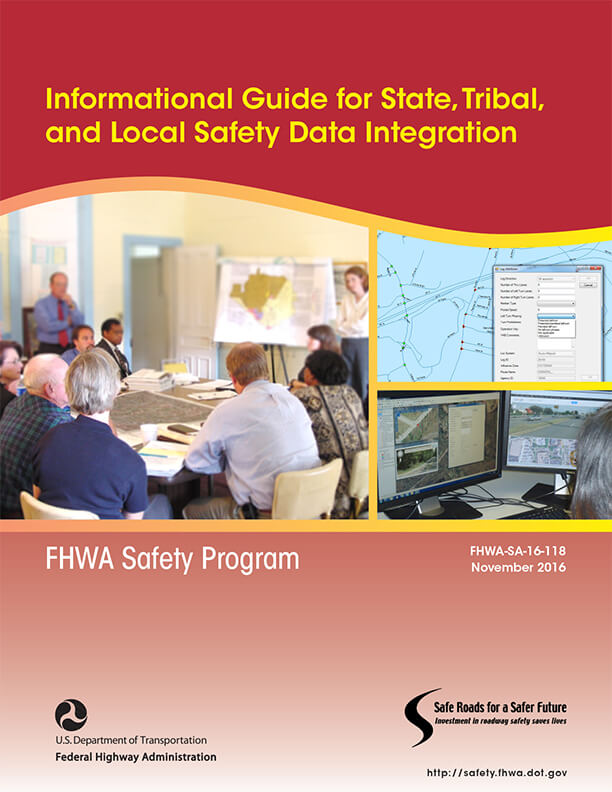NJLTAP Enews Volume 20, Issue 1 – January 2018
The Connecticut Local Safety Data Integration Peer Exchange was held in Wethersfield, CT, on September 7, 2017. Sponsored by the FHWA Office of Safety’s Roadway Safety Professional Capacity Building Program, the peer exchange drew participants from Federal, State, and local agencies in Connecticut, Kansas, Louisiana, and New York. Attendees shared perspectives on data sharing systems and data governance related to local roadway and crash data.
The peer exchange is one element of an overall technical assistance effort in which FHWA is working with Connecticut DOT (CTDOT) to identify improvements in safety data integration using strategies identified in the Informational Guide for State, Tribal, and Local Safety Data Integration. With support from FHWA, Connecticut is working with groups composed of target agencies to develop a data business plan for the integration of safety data to improve safety capabilities on all public roads. The intent of this peer exchange was to review the steps in the safety data integration process presented at an earlier CTDOT workshop and to assess local agencies’ capability to collect integrate, and analyze safety data. The lessons and insights gained from the peer exchange will be incorporated into the Connecticut Safety Data Integration Business plan and shared with local participants.
Some overarching takeaways from the event that may be applicable to other states include:
- Take the time to build strong communications channels between the state DOT and local agencies. Local peers will work with the state DOT on data collection and maintenance efforts, but they want to be involved as partners with the state. Communication and collaboration could also be strengthened by involving regional agencies, such as metropolitan planning organizations or councils of government, as an intermediary partner because they have preexisting, established relationships with local agencies. It’s important to keep in mind that, historically, efforts led by coalitions of local agencies tend to be the most successful, whereas efforts that are driven from the top down have struggled.
- Local agencies need state and federal support for integration. Most local agencies lack sufficient resources, including both time and personnel, to address data collection or communication tasks adequately. DOTs should, where possible, aid local agencies in accessing both state and federal funds for data integration efforts.
- Streamlined tools and processes can ease the burden on local agencies. Giving local agencies access to tools and systems that integrate key linear reference and geospatial data sets, and ensuring that analysis and visualization interfaces are easy to use and navigate, can enable local officials to both better understand their local system and the challenges that they face. It can also create buy in for further data integration.
- FHWA can support both state and local agencies. The Office of Safety is developing guidance and tools to provide a framework for data integration and can also provide technical support or resources through HSIP funding.
FHWA’s State and Local Data Integration Project is designed to help state, tribal, and local agencies identify cost-effective ways to develop safety data systems that integrate safety data on all public roads. For more information or to request technical assistance, please contact Stuart Thompson at stuart.thompson@dot.gov.
This newsletter is published biannually by the New Jersey Local Technical Assistance Program, Center for Advanced Infrastructure and Transportation, Rutgers University, using funds from the Federal Highway Administration and the New Jersey Department of Transportation. The opinions, findings, or recommendations expressed in this newsletter are those of the New Jersey Local Technical Assistance Program and do not necessarily reflect the views of the Federal Highway Administration nor the New Jersey Department of Transportation nor Rutgers University. Any product mentioned in this newsletter is for information purposes only and should not be considered a product endorsement.


